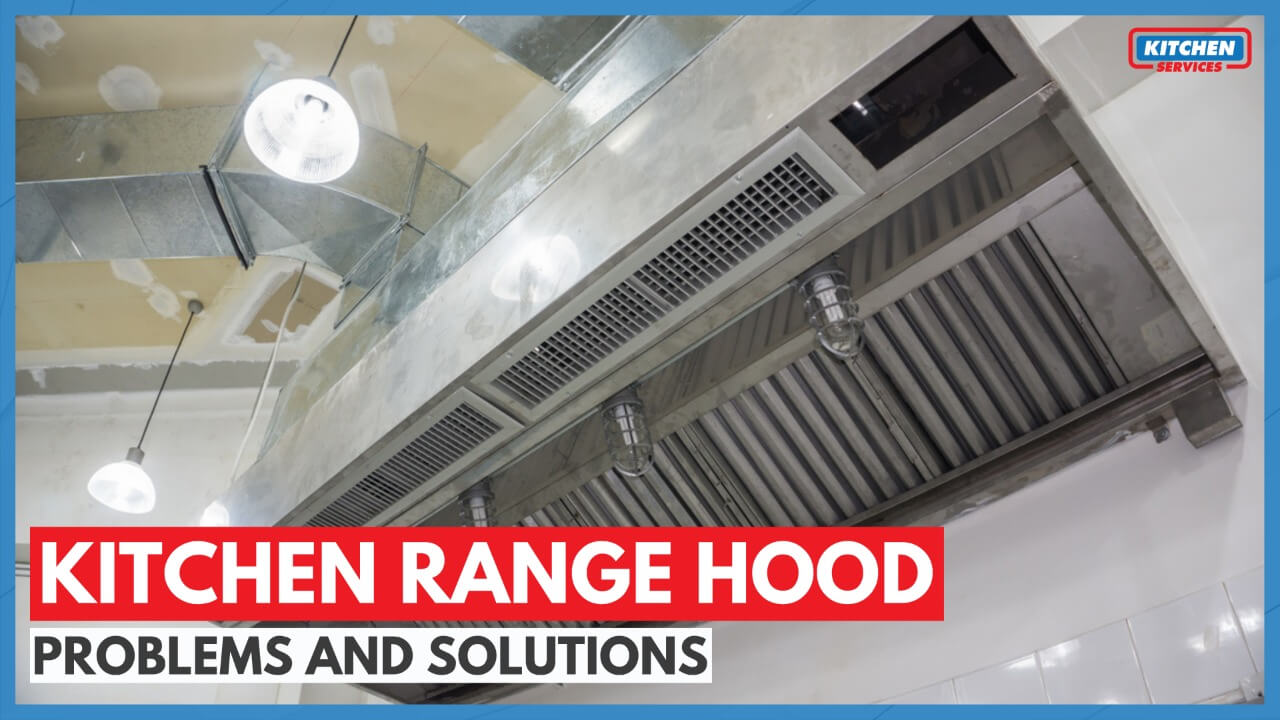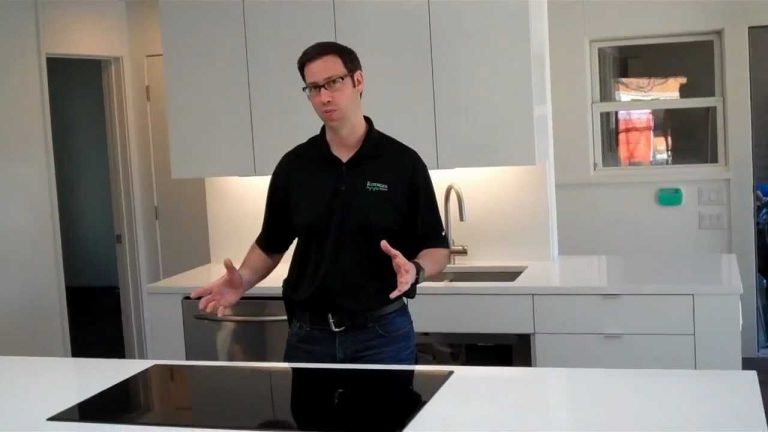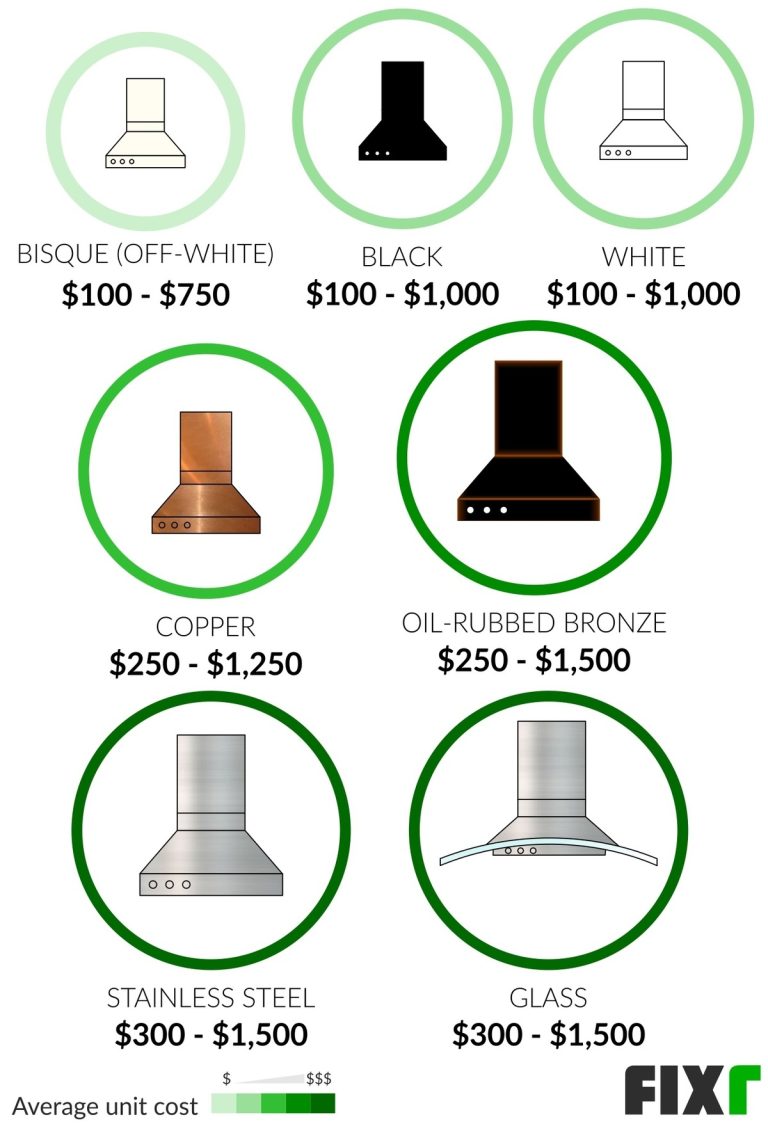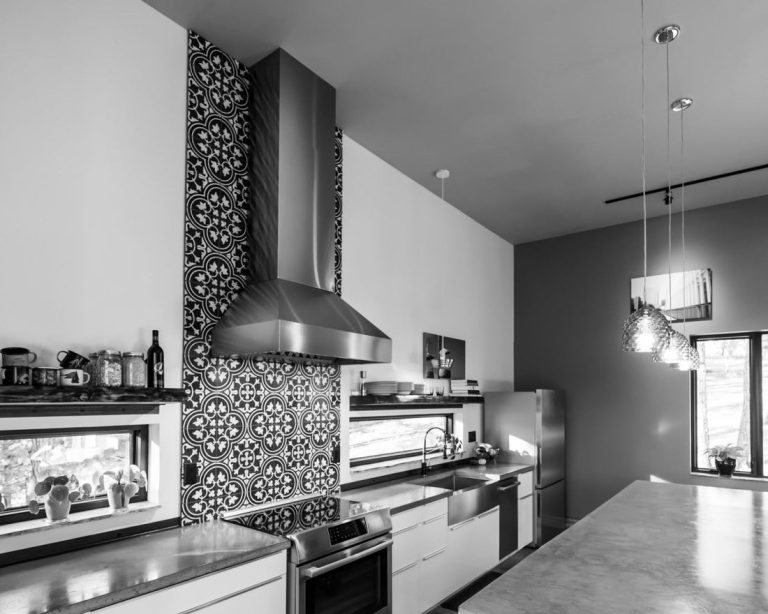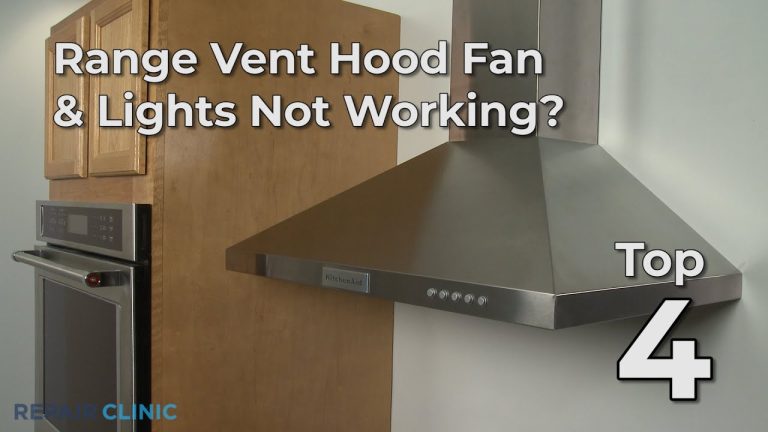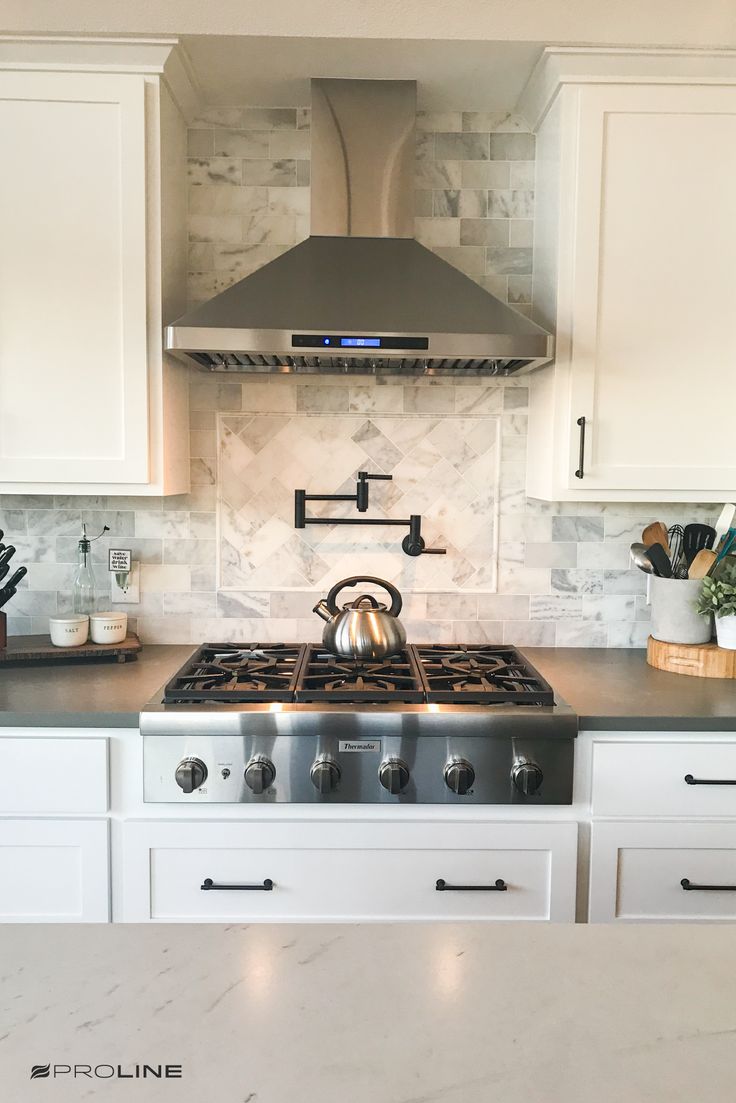A vent hood not pulling air may indicate a clogged filter or an issue with the blower motor. Check for blockages and ensure the fan is functioning properly.
Vent hoods play a crucial role in maintaining air quality in kitchens. They remove smoke, steam, and odors, making cooking more enjoyable. When a vent hood fails to pull air effectively, it can lead to unpleasant cooking experiences and compromised indoor air quality.
Troubleshooting the issue is essential for restoring optimal performance. Regular maintenance, such as cleaning filters and checking ductwork, can prevent airflow problems. Understanding common causes helps homeowners take immediate action, ensuring their kitchens remain fresh and inviting. A well-functioning vent hood not only enhances comfort but also contributes to a healthier cooking environment.

Credit: www.youtube.com
Symptoms Of Ineffective Vent Hoods
Poor airflow is a clear sign of an ineffective vent hood. You may notice steam or smoke lingering in the kitchen. This happens when the vent hood struggles to pull air. Check for blockages in the ductwork or filters.
Unusual noises can also indicate problems. Listen for loud rattling or humming sounds. These noises can mean the motor is failing or there is a blockage. Regular maintenance can help keep your vent hood running smoothly.
Common Causes Of Vent Hood Issues
Blocked filters can hinder airflow in your vent hood. Cleaning or replacing them is essential. Dirty filters trap grease and dirt, making the vent less effective.
A faulty motor can also cause issues. If the motor is not working, air won’t be pulled in. Checking the motor for damage is crucial.
Obstructions in the ductwork can block air passage. Loose connections or debris can create problems. Inspecting the ductwork regularly can prevent airflow issues.
Initial Troubleshooting Steps
Safety is crucial before troubleshooting the vent hood. Always disconnect the power from the unit. This prevents any risk of electric shock.
After ensuring safety, conduct a visual inspection of the vent hood. Check for any visible damage or blockages. Look for dirt, grease, or debris in the filters.
Make sure the fan blades are clean and free from obstruction. Verify that the venting duct is not crushed or pinched. Ensure all connections are secure and in place.
Cleaning And Maintenance
Keeping your vent hood clean helps it work better. Grease buildup can block airflow. Regular cleaning keeps the filter effective.
Here are some filter cleaning techniques:
| Technique | Description |
|---|---|
| Soaking | Soak the filter in warm, soapy water for 15 minutes. |
| Scrubbing | Use a soft brush to scrub away stubborn grease. |
| Rinsing | Rinse with warm water until soap is gone. |
| Drying | Let the filter air dry before reinstalling. |
Diy Fixes For The Homeowner
Dirty filters can block airflow. Replacing filters is easy and important. Check the user manual for the right type. Remove the old filter and insert a new one. Make sure it fits snugly to avoid leaks.
The motor powers the vent hood. Checking and resetting the motor is crucial. First, unplug the unit for safety. Look for any visible damage or debris. Clean the motor area carefully. Plug the hood back in and check if it works. If not, consider calling a professional.
When To Check The Ductwork
Check for signs of duct blockage. Common signs include poor airflow and strange noises. You may also notice bad odors or excessive dust. These indicate that ducts are clogged.
To inspect ducts, start by looking at the vents. Remove the vent covers and check inside. Use a flashlight to spot any obstructions. A soft brush can help clear light debris.
For deeper inspection, consider using a camera. A small camera can show hidden issues. If the blockage is severe, call a professional. Regular maintenance keeps ducts clean and efficient.
Professional Repair Or Replace?
Repairing a vent hood can cost between $100 and $500. Costs depend on the type of repair needed. Simple fixes are cheaper, while major repairs can be expensive.
Consider the age of your vent hood. Older models might need more repairs. They may not work as well as newer ones.
Upgrading your vent hood can offer many benefits. New models are often more efficient. They can save energy and improve air quality.
Many modern vent hoods come with advanced features. These include better noise control and smart technology. Investing in a new vent hood can be a wise choice.
Preventative Measures For Long-term Performance
Creating a regular cleaning schedule helps keep your vent hood efficient. Clean the filters monthly to prevent grease buildup. Use warm, soapy water for the best results. Check the motor and parts regularly. Dust and debris can hinder performance.
Inspect the fan blades for any damage. Clean the motor area to avoid overheating. Make sure all parts are securely fastened. This ensures the vent hood pulls air effectively. Neglecting maintenance can lead to costly repairs.
| Task | Frequency |
|---|---|
| Clean filters | Monthly |
| Inspect motor | Every 3 months |
| Check fan blades | Every 6 months |
Understanding Vent Hood Specifications
Vent hoods are essential for proper kitchen ventilation. CFM stands for Cubic Feet per Minute. It measures how much air a vent hood can move. Higher CFM ratings mean better air removal. Choose a vent hood with a CFM suitable for your kitchen size.
For small kitchens, a CFM of 200-400 is often enough. Medium kitchens may need 400-600 CFM. Large kitchens benefit from 600 CFM or more. It’s important to match the CFM to the size of your cooking area.
| Kitchen Size | Recommended CFM |
|---|---|
| Small | 200-400 |
| Medium | 400-600 |
| Large | 600+ |
Credit: www.reddit.com
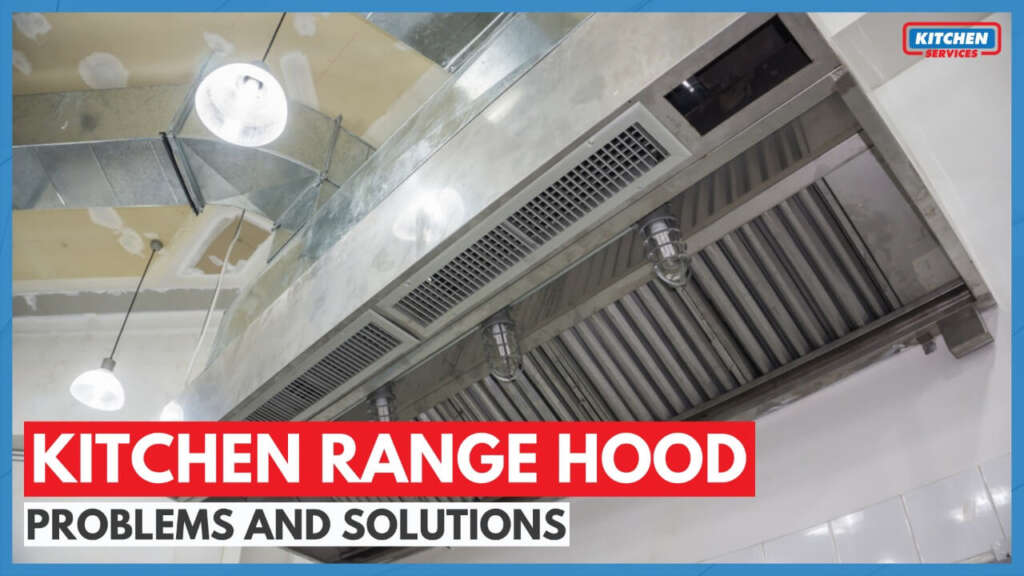
Credit: kitchen.services
Frequently Asked Questions
Why Is My Vent Hood Not Pulling Air?
If your vent hood isn’t pulling air, it could be due to a clogged filter or duct. Regularly check and clean the filters. Additionally, ensure that the ductwork is free from obstructions. Sometimes, the fan motor may be malfunctioning, requiring professional assistance for repair.
How Do I Fix A Vent Hood That Won’t Work?
To fix a non-working vent hood, start by checking the power supply. Ensure the circuit breaker hasn’t tripped. Next, inspect the filters for grease buildup; clean or replace them as needed. If these steps don’t resolve the issue, consider consulting a technician for further evaluation.
What Causes A Vent Hood To Lose Suction?
A vent hood may lose suction due to several factors. Common causes include dirty filters, blocked ducts, or improper installation. Additionally, using the vent hood on low settings can reduce airflow. Regular maintenance is crucial to ensure optimal performance and to prevent suction loss.
Can I Use My Vent Hood Without A Duct?
Yes, you can use a ductless vent hood. Ductless models filter air and recirculate it back into the kitchen. However, they may not be as effective as ducted options. Ensure you regularly replace or clean the filters to maintain good air quality in your home.
Conclusion
A vent hood that’s not pulling air can lead to cooking odors and smoke lingering in your kitchen. Regular maintenance and timely repairs are essential for optimal performance. By addressing issues promptly, you can enjoy a safer and more comfortable cooking environment.
Don’t let a faulty vent hood disrupt your culinary experience.
